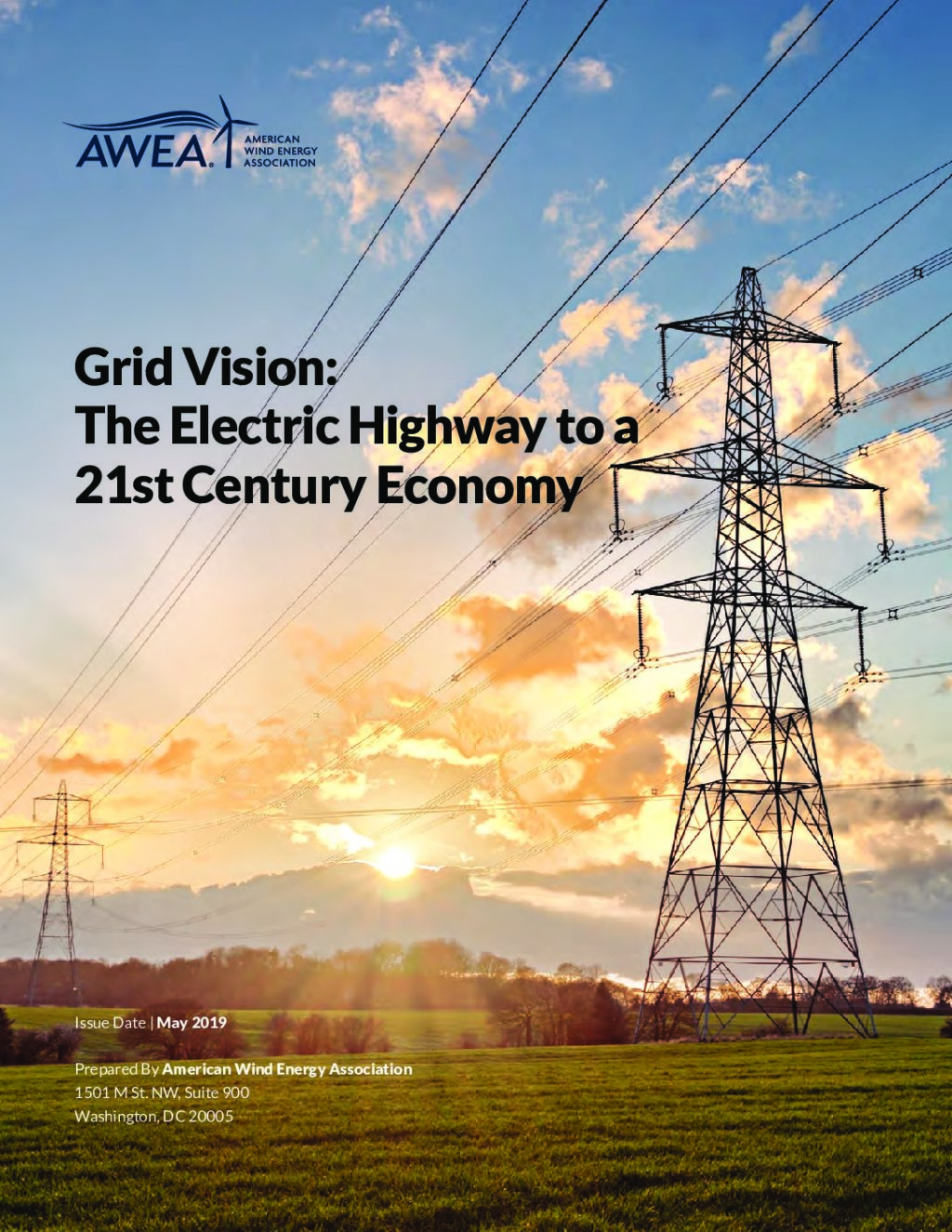American Clean Power
Pumped hydropower energy storage
Pumped hydropower is currently the most common type of energy storage, and this utility-scale gravity storage technology has been deployed continuously for the better part of the last century in the United States and around the world.
Gravity is a powerful, inescapable force.
A hydroelectric dam relies on water flowing through a turbine to create electricity to be used on the grid. In order to store energy for use at a later time, there are a number of different projects that use pumps to elevate water into a retained pool behind a dam – creating an on-demand energy source that can be unleashed rapidly. When more energy is needed on the grid, water from that pool is run through turbines to produce electricity.
Because of the immense scale achieved through these applications, this is the most common type of grid-level energy storage based on megawatts installed today.
How pumped hydroelectric storage works
Pumped hydroelectric storage facilities store energy in the form of water in an upper reservoir, pumped from another reservoir at a lower elevation. During periods of high electricity demand, power is generated by releasing the stored water through turbines in the same manner as a conventional hydropower station. During periods of low demand (usually nights or weekends when electricity is also lower cost), the upper reservoir is recharged by using lower-cost electricity from the grid to pump the water back to the upper reservoir.
Reversible pump-turbine/motor-generator assemblies can act as both pumps and turbines. Pumped storage stations are unlike traditional hydroelectric stations in that they are a net consumer of electricity, due to hydraulic and electrical losses incurred in the cycle of pumping from lower to upper reservoirs. However, these plants are typically highly efficient (round-trip efficiencies reaching greater than 80%), and can prove very beneficial in terms of balancing load within the overall power system. Pumped-storage facilities can be very economical due to peak and off-peak price differentials and their potential to provide critical ancillary grid services.
Pumped hydropower in the United States
Pumped storage hydroelectric projects have been providing energy storage capacity and transmission grid ancillary benefits in the United States and Europe since the 1920s. Today, the 43 pumped-storage projects operating in the United States provide around 23 GW (as of 2017), or nearly 2 percent, of the capacity of the electrical supply system according to the Energy Information Administration (EIA).
Key benefits of pumped hydropower
Pumped storage hydropower can provide energy-balancing, stability, storage capacity, and ancillary grid services such as network frequency control and reserves. This is due to the ability of pumped storage plants, like other hydroelectric plants, to respond to potentially large electrical load changes within seconds. Pumped storage historically has been used to balance load on a system, enabling large nuclear or thermal generating sources to operate at peak efficiencies. A pumped storage project would typically be designed to have 6 to 20 hours of hydraulic reservoir storage for operation at. By increasing plant capacity in terms of size and number of units, hydroelectric pumped storage generation can be concentrated and shaped to match periods of highest demand, when it has the greatest value.
Ancillary benefits of pumped hydropower
Pumped storage projects also provide ancillary benefits such as firming capacity and reserves (both incremental and decremental), reactive power, black start capability, and spinning reserve. In the generating mode, the turbine-generators can respond very quickly to frequency deviations just as conventional hydro generators can, thus adding to the overall balancing and stability of the grid. In both turbine and pump modes, generator-motor excitation can be varied to contribute to reactive power load and stabilize voltage. When neither generating nor pumping, the machines can be also be operated in synchronous condenser mode, or can be operated to provide spinning reserve, providing the ability to quickly pick up load or balance excess generation. Grid-scale pumped storage can provide this type of load-balancing benefit for time spans ranging from seconds to hours with the digitally controlled turbine governors and large water reservoirs for bulk energy storage.





